In our newsletter on financial prosperity, our goal is to show that financial prosperity is for all Veterinarians. Making a PLAN and checking to see where you are on the path certainly increase the odds to achieve the goal. Accountability is the next step between making a plan and having that plan work. I bring up accountability because what I am talking about, if done WILL create financial prosperity. There are a few things that can derail the game plan and one of them is employee theft. The financial scars are the tip of the iceberg and the emotional scars of finding out that an employee has been stealing can stay with a Veterinarian for life. I have seen it directly influence their trust in humanity.
I have found that internal theft is not related to where you live and work, whether it be in a city or one traffic light town is irrelevant. It happens and the doctors that it happens to believe they are the only ones it happens to. They are not. Unfortunately, they are the silent majority.
In the 2010 issue of DVM 360, Marsha Heinke DVM, CPA reported that in her 183 practices -67% had theft. WOW if that is correct then 7 out of 10 practices currently have theft issues or have had theft issues in the past. That number is staggering to me and a reason to sit up take notice immediately. I would much rather a doctor change the way he/she are doing things and make temporary unpopular decisions then ask, “Why me? What did I do wrong? How could they do this to me? How will I get out of debt?”
Recently, I completed a valuation for an owner that was selling their practice to an associate. In looking at the category breakdown, what jumped off the paper was the inventory budget percentage and the increase in that percentage over the last 3 years (when the gross of the practice was flat). How could inventory increase 15% when the practice had not grown? The increase in inventory was a “red flag” and led me to ask the following questions:
- Does the inventory category contain outside lab, food and heartworm/flea?
- Is there a way to ascertain how much of the inventory budget was spent on food?
- What percentage of the clinic revenues are from boarding?
- Are boarders fed a different food or the food is from a different distributor so it can be tracked?
- Is there a way to get how much of the inventory budget was spent on Heartworm and Flea products?
As the Owner began to find out what made up the inventory category, it became obvious to both of us that something was not correct. He responded (like anyone would) with anger followed by depression. The sad part after the audit, was that over the last 12 months, over $30,000 had gone out the back door rather than the front door. That is $30,000 of inventory that was paid for by the practice in profit, reducing the profitability, and the sales price. FYI-it would take the average clinic $150,000 in production to generate $30,000 in profit.
Below are my recommendations to lower (please note-I did not say stop) theft:
- Call for references on ALL employees. The one question that can be asked, “Is this person eligible for rehire?” If the answer is no and they will not rehire them, why would you hire them?
- The person that totals the money is not the person doing deposits!! Have more than 1 person adding up the cash/credit cards and then another person doing the deposit.
- Once a month do a random audit and always do a random audit within the first 2 weeks of hiring a new employee (that handles money). If you know that Mrs. Smith pays cash for her dog food/heartworm, services etc., pick that day to see if the cash she paid is correct.
- Look at your computer software and see if refunds were given, how much and who gave them?
- Put a policy in place that only one person can give refunds and yes, that may be have to be the doctor.
- Break your inventory category into subcategories of food. Heartworm and flea medicines. It is easy to look at what you spent in these subcategories and the relationship to how much each of these were sold. If the clinic is spending $4,000.00 in food a month and the clinic made $4500 that would require more investigation.
- Do not keep shelves of unopened Heartworm and Flea products on the shelf. Take excess and store it off site. I have witnessed clinics having a Lexus ($40,000 plus) on the shelves in March due to “special bulk” ordering. How would this clinic know if a carton or two were missing?
- Number your cartons of flea and HW with color dots and put the date you ordered the product and the number of cartons. Example Ordered 9/1/14, carton #1 out of 4. If 2 weeks into it you are on the 4th carton that may be correct for your size practice or it may not. It is easy to use your practice management software to track the number of individual units sold and to whom.
My mission is to assist Doctors in the business side of veterinary medicine. If you have a question, do not hesitate to call me 1-888-500-6711. I do not charge for questions. My goal is to assist my profession. www.vetsalesconsulting.com
We will be at SWVS this month. Please stop by our booth #523

